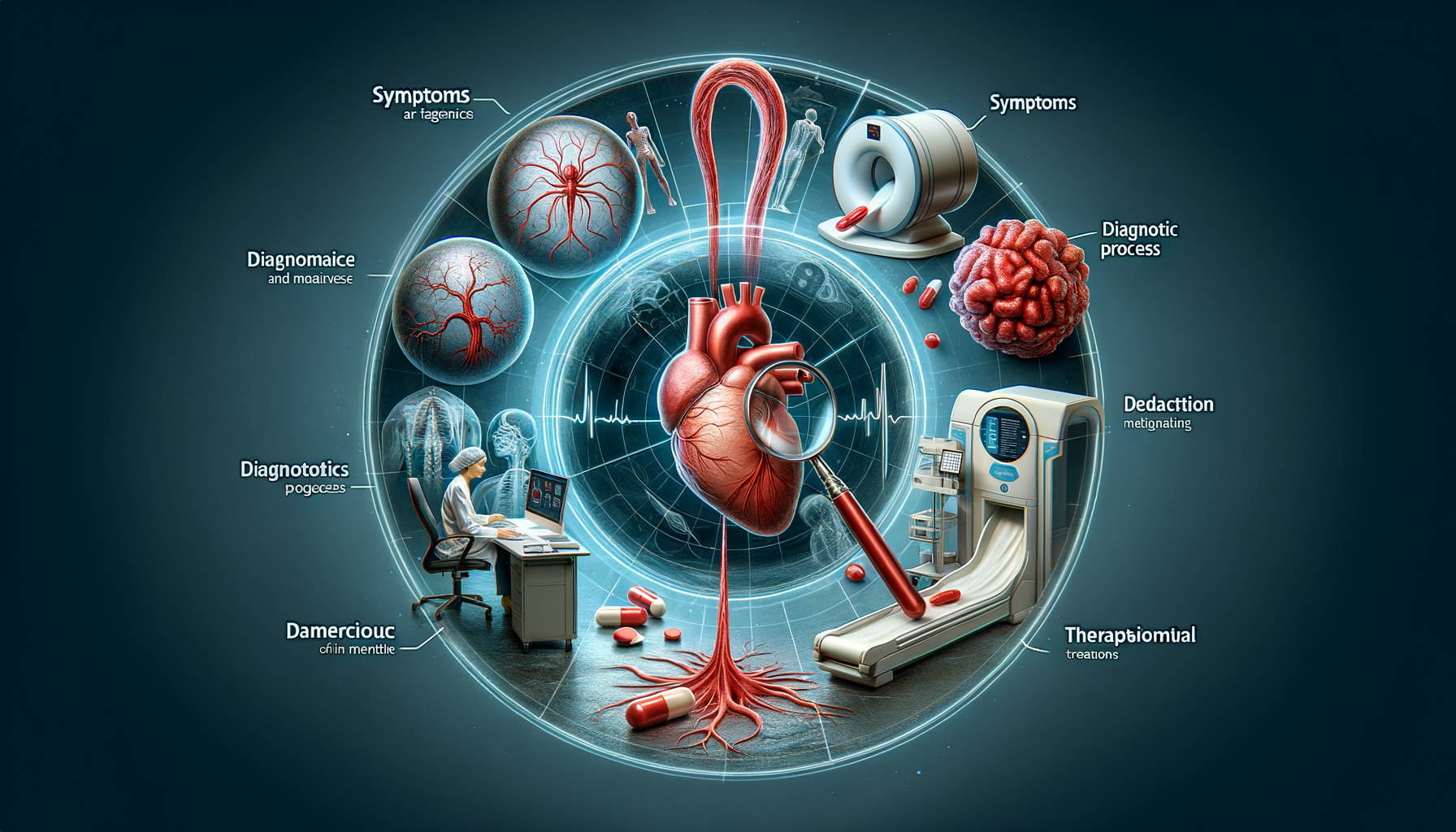Symptoms of Amyloidosis
Amyloidosis, a rare disease characterized by the abnormal deposition of amyloid proteins in various organs and tissues, presents with a wide array of symptoms. These symptoms often vary depending on the organs affected. Common symptoms include fatigue, weight loss, and swelling in the ankles and legs. When the heart is involved, it can lead to heart failure, presenting as shortness of breath and irregular heartbeat. Kidney involvement may manifest as proteinuria, leading to nephrotic syndrome. Gastrointestinal symptoms such as diarrhea, constipation, or gastrointestinal bleeding can occur when the digestive tract is affected. Neurological symptoms might include numbness or tingling in the hands and feet, known as peripheral neuropathy. The variety of symptoms can make amyloidosis difficult to diagnose, as they often mimic other conditions.
Diagnosis Process
The diagnosis of amyloidosis involves a combination of clinical evaluation, laboratory tests, and imaging studies. Initially, a detailed medical history and physical examination are conducted to identify symptoms suggestive of amyloidosis. Laboratory tests, including blood and urine tests, are used to detect abnormal protein levels. Imaging studies such as echocardiograms and MRIs can assess organ involvement. A definitive diagnosis often requires a biopsy, where a small tissue sample is taken from an affected organ and examined for amyloid deposits. Advanced techniques like mass spectrometry can identify the type of amyloid protein, which is crucial for determining the appropriate treatment strategy. Early and accurate diagnosis is vital as it significantly influences the management and prognosis of the disease.
Care Options for Amyloidosis
Treatment for amyloidosis is tailored to the type of amyloid protein involved and the organs affected. The primary goal is to reduce the production of amyloid proteins and manage symptoms. Chemotherapy drugs are often used to treat AL amyloidosis, aiming to reduce the abnormal plasma cells producing the amyloid light chains. For ATTR amyloidosis, treatments may include medications that stabilize the transthyretin protein or reduce its production. In some cases, organ transplantation, such as kidney or heart transplantation, may be necessary to replace severely damaged organs. Supportive care, including diuretics for fluid retention and medications to manage heart failure, plays a critical role in improving quality of life. A multidisciplinary approach involving various specialists is often required to address the complex needs of amyloidosis patients.
Comparative Analysis of Amyloidosis Types
Amyloidosis is classified into different types based on the amyloid protein involved, with AL (light chain) and ATTR (transthyretin) being the most common. AL amyloidosis is associated with plasma cell disorders and often requires chemotherapy. ATTR amyloidosis, on the other hand, can be hereditary or acquired, with treatment focusing on stabilizing the transthyretin protein. The prognosis and treatment options differ significantly between types. For instance, hereditary ATTR amyloidosis may benefit from genetic counseling and specific targeted therapies. In contrast, AL amyloidosis requires more aggressive treatment to control the underlying plasma cell disorder. Understanding these differences is crucial for effective management and improving patient outcomes.
Living with Amyloidosis
Living with amyloidosis poses significant challenges, as the disease can affect multiple aspects of daily life. Patients often need to adapt to new dietary restrictions, manage medication regimens, and cope with the physical and emotional impact of the disease. Regular follow-up with healthcare providers is essential to monitor disease progression and adjust treatment plans as needed. Support groups and counseling can provide emotional support and practical advice, helping patients and their families navigate the complexities of living with amyloidosis. Education about the disease empowers patients to make informed decisions about their care and fosters a proactive approach to managing their health. Despite the challenges, many patients find ways to maintain a good quality of life through comprehensive care and support.




Leave a Reply